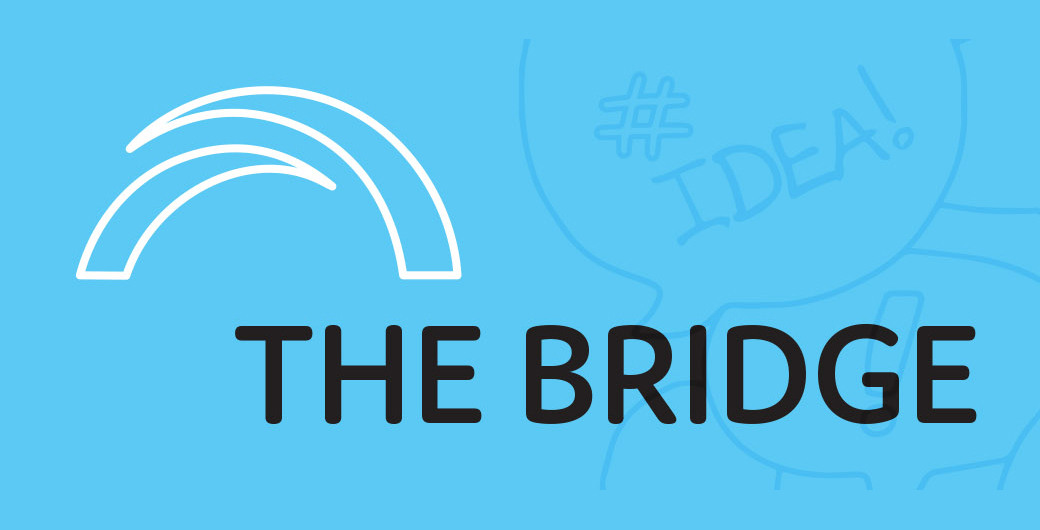
Co-design in policymaking has seen considerable emphasis placed on informing policy development with knowledge and insights from those with lived experience. An article in Policy Sciences discusses how co-design in policymaking can broaden participation in policy development; encourage creative speculation about how policy choices might shape future outcome; and prototype policy approaches to assess their feasibility. But evidence continues to emerge regarding the barriers in many public sector settings that preclude co-design practice from greater engagement with long-established, tightly held processes of policy development.
Defining co-design
Co-design in policymaking is a participatory and design-oriented process which creatively and actively engages a diverse pool of participants to define and address a public problem. There are three areas where co-design has the potential to contribute to policy development:
- It calls for careful identification and selection of participants. These should be a cross-section of people who have first-hand experience of a problem or challenge and are willing to discuss it openly and creatively, with a view to identifying effective ways to address it.
- It calls for participants to work together, to consider how specific actions and public policy changes could effectively address the problem or challenge of interest
- It involves the development of prototypes. In policymaking, this can be crafting suggested policy responses and exploring what happens when they are applied to addressing the problem or challenge at hand.
From emerging to embedded practice
Evidence is beginning to build regarding the valuable contribution co-design can bring to policymaking. Yet it remains an emerging practice. Power dynamics appear to inhibit wider adoption of co-design within policymaking. There can also be a lack of alignment between the policy challenges and solutions explored in co-design and the policy and political priorities recognised as core business by the government of the day.
Embedding co-design in policymaking needs to address the traditional policy design and practice of policy analysts and advisors working in government. Bringing lived experience and outsider perspectives to policy development is a challenge to these tightly held processes. Embedding co-design needs to recognise the difficulties in introducing novel practices and processes into established systems and consider how these approaches can be blended and adapted within these systems.
Even though co-design is increasingly recognised as an important aspect of policymaking, sceptics can still question its value or relevance. Too often, it remains an element of policymaking deemed ‘nice to have’ but not essential.
The article suggests three ways that co-design could gain traction in traditional policymaking systems:
- Seek situations where policymakers are motivated to engage in co-design – this could include identifying policy areas where traditional approaches to policymaking are not delivering desired results.
- Identify obstacles to co-design and assess their strengths and weaknesses – in the language of systems theory, it might be possible to identify leverage points for change.
- Work to secure resources to overcome these obstacles – noting that resources need not be only financial in nature, they can include people and their perceptions of what matters.
Future co-design opportunities
A fundamental challenge facing co-design practitioners is bridging the gap between their activities and established processes of policymaking in government. Co-design efforts have been shown to be adept at bringing together people with lived experience to identify pressing problems and suggest potentially valuable policy responses. But a further action involves identifying where to engage with established processes of policymaking and how to do that.
One way forward is to deploy the strengths of co-design practice to build engagement with policymaking in government. Co-design exponents could benefit from exploring ways to engage key policymakers in government in co-design activities from the outset. Seeking inclusion could change the dynamic between co-design efforts and traditional policymaking processes.
Interpersonal goodwill, trust, and buy-in could all be enhanced by early interaction. Closer engagement also opens the possibility of better identifying obstacles to co-design and navigating them. It can also assist in securing resources to support the greater use of co-design in policymaking.
The bottom line
Co-design is a promising avenue to bring those with lived experience into the development of potential policy responses. It has the potential to improve the ways that participation and prototyping are incorporated into policymaking. Yet evidence suggests a misalignment between the appetite for co-design in policymaking and the degree to which it is currently incorporated into government policy processes.
As more people experience and utilise co-design, new opportunities will emerge for its application and development. Government capacity will be developed, and resources will become available to support it. This is the story of how the discipline of policy analysis became embedded in governments around the world.
Want to read more?
Co-design in policymaking: from an emerging to an embedded practice – Michael Mintrom, Philippa Goddard, Lisa Grocott and Shanti Sumartojo, Policy Sciences, November 2024
Each fortnight The Bridge summarises a piece of academic research relevant to public sector managers.

Recent Research Briefs on co-design include:
- Published Date: 3 December 2024
